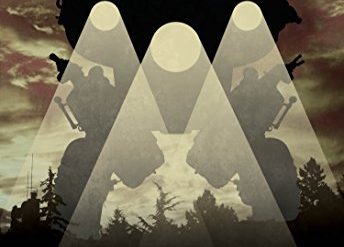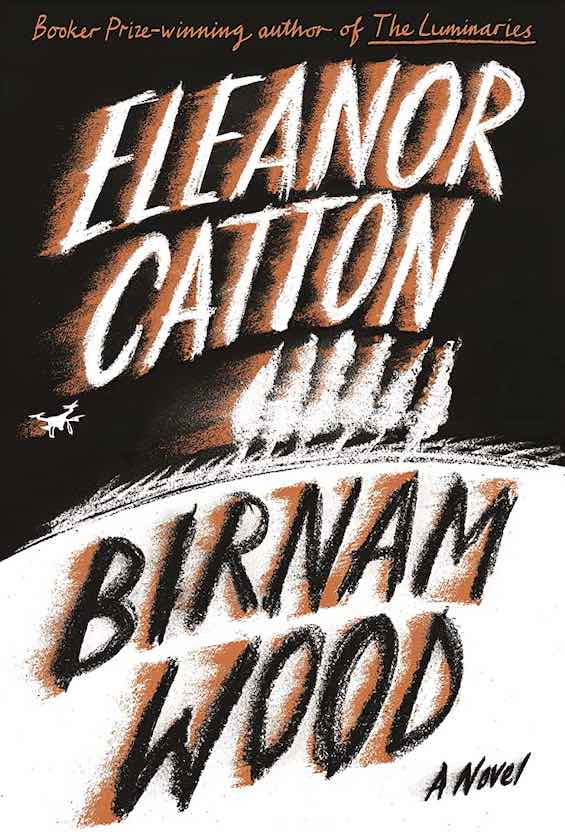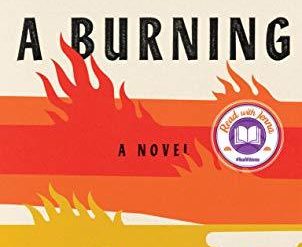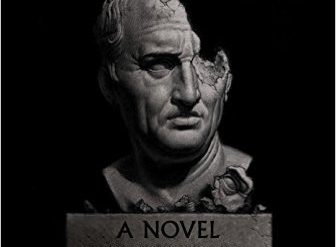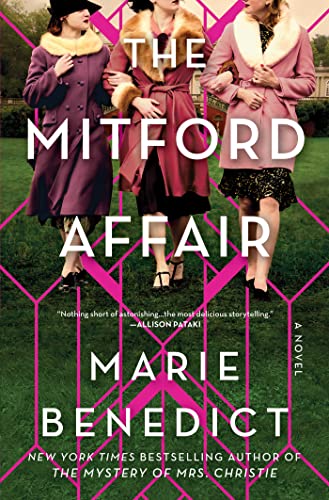
Scandalous. Notorious. Brilliant. But always entertaining. They were the Mitford sisters, and you could hardly pick up a newspaper in England in the 1930s without coming across them. Still, it was just three of the six who drew the most attention, and the most rumors. Unity, Adolf Hitler’s confidante. Diana, wife of Sir Oswald Mosley, head of the British Union of Fascists. And Jessica, known as Decca, a Communist. And these three, with their older sister Nancy, a novelist, fill the pages of Marie Benedict’s engrossing novel, The Mitford Affair.
Estimated reading time: 7 minutes
Too many characters to fill a novel
Novelist Nancy, the eldest of the sisters, narrates the tale in the first person. Her account is woven through third-person chapters centering on Diana and Unity. Their sister Decca appears from time to time, but she was much younger and rarely became actively involved in their lives. The others, and their brother Tom, are barely mentioned. So, The Mitford Affair is primarily the story of Diana and Unity’s misadventures on Britain’s far Right-Wing from 1932 to 1940, as Great Britain drifts toward war and then stumbles into its maw, unprepared. Along the way, their parents, David, Baron Redesdale, and Sydney, as well as “Cousin Winston” Churchill and his wife Clementine play supporting roles in the drama.
The Mitford Affair by Marie Benedict (2023) 352 pages ★★★★★
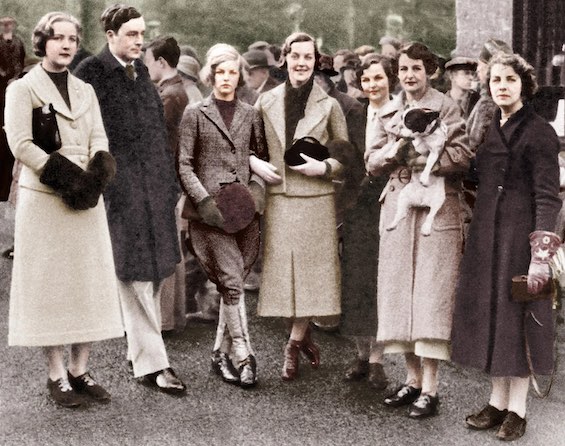
Six bright, witty girls and one boy under one roof
Picturing how the Mitford sisters related to one another, it helps to know their relative ages. They were sixteen years apart. Nancy (1904-1973), the novelist who satirized her family in print, was the eldest. Next came Pamela (1907-1994), a domestic soul who retreated from the limelight and took up farming, and brother Thomas, always “Tom” (1909-1945), the odd man out. Diana (1910-2003), the lifelong fascist, came next, along with Unity (1914-1948), the “Nazi-lover and Jew-hater.” Jessica, or “Decca” (1917-1996), the Communist, and Deborah, or “Debo” (1920-2014), took up the rear.
In Marie Benedict’s novel, we observe Diana and Unity working closely together, which seems natural given the closeness of their ages. But Unity and Decca were similarly close in age—and they grew up sharing a bedroom. Could Unity’s outspoken Right-Wing views even as a child have spurred her younger sister to move in the opposite direction? Perhaps. She was a contrary soul, Decca was.

Unity, the “Hitler-lover”
The most tragic figure in the story of the Mitford sisters was Unity, who cast her lot with Adolf Hitler. As Benedict portrays her, the young woman comes across as a misguided teenager, naive and willful. She was, after all, just nineteen when Hitler took office, and she seems not to mature as the decade wears on. Visiting Germany again and again under one pretext or another, and finally moving to Munich to be close to Hitler, Unity stalks the man so doggedly that at length he brings her into his inner circle. It’s clear she has a passionate crush on the man. And she deludes herself that she can be a messenger of peace and prevent war between Germany and Britain. Even when he orders her home to England as war between the two countries is about to break out, she stays behind.
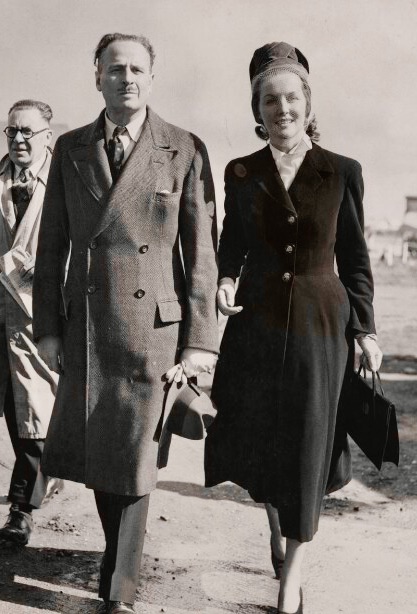
Diana, the fascist
Unity’s older sister, Diana, is far more self-possessed. She comes across as unusually bright, shrewd, and manipulative, and as the acknowledged beauty of the family she has all the tools at hand to exert her will. When she first meets Sir Oswald Mosely (1896-1980), the leader of the tiny British Union of Fascists (BUF), she is married to Baron Bryan Guinness, the handsome and wealthy heir to the brewery fortune. But with barely a thought she sets her sights on Mosely, who is himself married. Diana is content for years to be his mistress—and becomes one of the most famous women in England, as the newspapers can’t get enough of the scandal. As Benedict portrays her, Diana is the brains behind the BUF, successfully coaxing directly from Adolf Hitler the large donations that sustain the organization’s operations.
A personal perspective
As Benedict notes in passing, Jessica Mitford (1917-96) emigrated to the United States with her husband, her second cousin Esmond Romilly. Like her older sister, Nancy, she made her living as a writer. But Decca wrote nonfiction, not novels. As Wikipedia notes, her 1960 memoir Hons and Rebels and her 1963 book of social commentary The American Way of Death both became classics. Romilly died early in World War II, and she remarried American lawyer Robert Treuhaft in 1943. She and Bob Treuhaft lived together in Oakland, California, until her death in 1996. And it was there that I got to know her slightly.
Like everyone else in her family (except her mother) was reputed to be, Decca was very, very funny. I don’t recall how I connected with her, but somehow I managed to persuade her to speak at a breakfast group I’d organized in San Francisco. I drove Decca both ways, giving me the opportunity to learn how endlessly witty she was. And she was a terrific speaker. Later I had two or three other opportunities to speak with her. (As I recall, I was driving her then, too.)
Not so incidentally, Decca and Bob Treuhaft were long past the days of knee-jerk Communism, having had ample opportunities between Joseph Stalin’s genocidal policies and show trials and Nikita Khrushchev’s “Secret Speech” to learn the worst. Both had refused to testify in front of the House Un-American Activities Committee, but they resigned from the party in 1958.
About the author
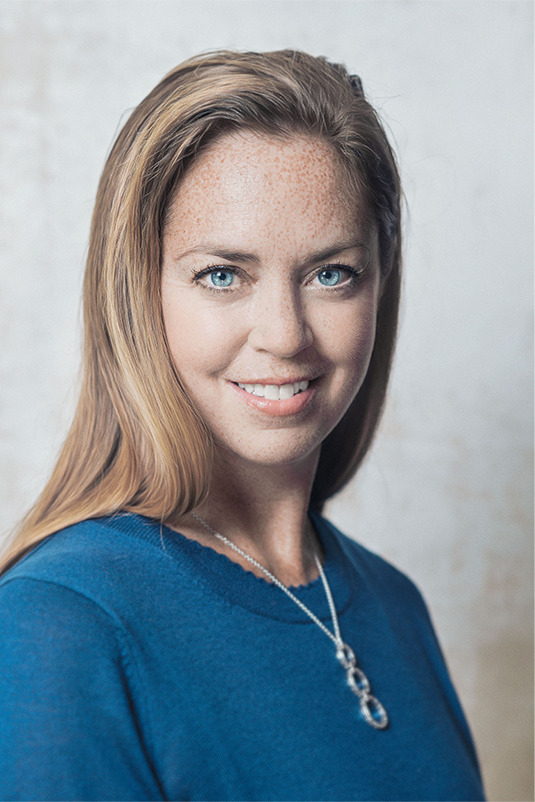
According to the bio on Marie Benedict‘s author website, she “is a lawyer with more than ten years’ experience as a litigator at two of the country’s premier law firms, who found her calling unearthing the hidden historical stories of women. Her mission is to excavate from the past the most important, complex and fascinating women of history and bring them into the light of present-day where we can finally perceive the breadth of their contributions as well as the insights they bring to modern day issues.”
But Wikipedia reveals that Marie Benedict is a pseudonym. Her real name is Heather Terrell. She is an American, born 1968, a magna cum laude graduate of Boston College, and a cum laude graduate of Boston University School of Law. She has published ten novels under her pen name and seven under her real name.
Terrell now lives in Pittsburgh with her husband and their two children.
For related reading
For a novel in which the thinly-disguised Mitford Sisters figure as central characters, see Ha’penny (Farthing Trilogy #2) by Jo Walton (A gripping alternate history of England after World War II).
You might also enjoy:
- 20 most enlightening historical novels
- The 10 best novels about World War II
- Top 10 historical mysteries and thrillers
- 10 great biographies
- Top 10 great popular novels
And you can always find my most popular reviews, and the most recent ones, on the Home Page.

